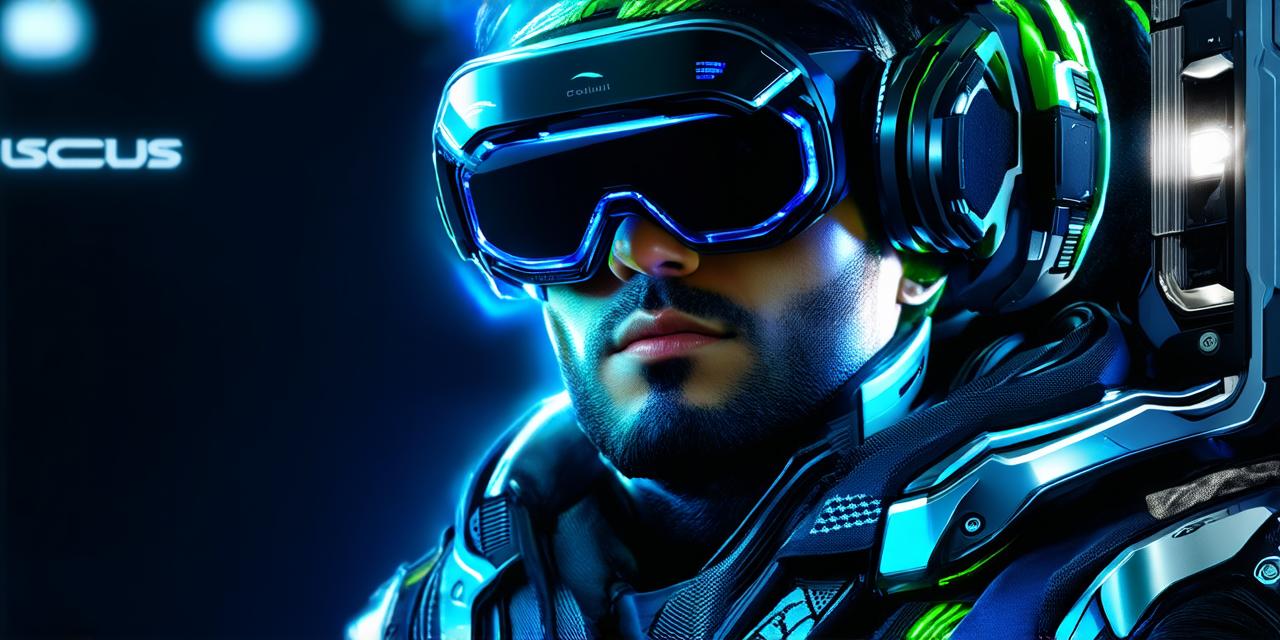The Oculus VR development kit is an essential tool for developers looking to create immersive virtual reality (VR) experiences. With its intuitive interface and powerful features, the Oculus VR development kit allows users to bring their ideas to life and create engaging and interactive VR applications.
1. Easy-to-Use Interface
The Oculus VR development kit is designed to be user-friendly and intuitive, even for those with little or no prior experience in VR development. The interface is straightforward and easy to navigate, allowing developers to focus on their creative ideas without getting bogged down in technical details. Additionally, the Oculus VR development kit provides a range of tutorials and documentation to help users get started quickly.
2. Powerful Graphics Engine
The Oculus VR development kit includes a powerful graphics engine that allows developers to create high-quality, immersive VR experiences. The graphics engine supports a wide range of programming languages, including C++ and Unity, making it easy for developers to integrate their existing workflows into the Oculus VR development kit. Additionally, the graphics engine includes features such as real-time rendering, physics simulation, and advanced lighting effects, which allow developers to create stunning and realistic VR environments.
3. Motion Tracking and Controls
The Oculus VR development kit includes advanced motion tracking and control systems that enable users to interact with their virtual environment in a natural and intuitive way. The motion tracking system uses sensors and cameras to track the user’s movements and translate them into in-game actions, allowing users to move, interact with objects, and perform a wide range of tasks in the virtual world. Additionally, the Oculus VR development kit includes a range of input devices, such as controllers and gloves, that enable users to interact with their virtual environment using natural hand gestures and movements.
4. Integration with Unity and Unreal Engine
The Oculus VR development kit is designed to work seamlessly with popular game engines such as Unity and Unreal Engine. This integration allows developers to leverage the powerful features of these engines, including advanced physics simulation, real-time rendering, and support for a wide range of plugins and assets. Additionally, the integration provides developers with access to a large and active community of VR developers, who can share knowledge, resources, and best practices.
5. Advanced Audio and Haptic Feedback
The Oculus VR development kit includes advanced audio and haptic feedback systems that enable users to fully immerse themselves in the virtual world. The audio system supports a wide range of audio formats, including 3D audio, which allows users to hear sounds from different directions and distances. Additionally, the haptic feedback system uses a range of sensors and actuators to simulate physical sensations, such as vibration, pressure, and temperature changes, allowing users to feel more connected to their virtual environment.
6. Cross-Platform Compatibility
The Oculus VR development kit is designed to be cross-platform compatible, meaning that developers can create VR experiences that work on a range of devices and platforms. This compatibility includes support for PCs, Macs, smartphones, and tablets, as well as the Oculus Quest and Rift headsets. Additionally, the Oculus VR development kit supports a wide range of input devices, ensuring that users can interact with their virtual environment in a consistent and intuitive way across different platforms.
7. Advanced Analytics and Reporting
The Oculus VR development kit includes advanced analytics and reporting tools that allow developers to track user behavior and performance in real-time. This data can be used to optimize gameplay, identify areas for improvement, and make data-driven decisions about future development efforts. Additionally, the analytics and reporting tools provide developers with insights into user engagement and retention, helping them create more effective and engaging VR experiences.
